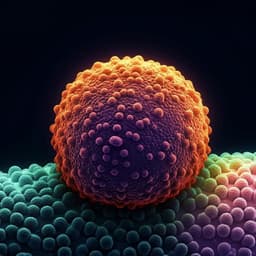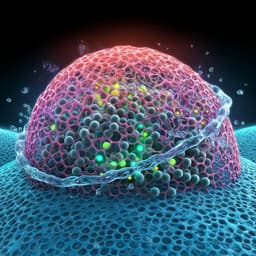
Physics
Observation of aligned dipoles and angular chromism of exciplexes in organic molecular heterostructures
S. Lee, T. J. Kim, et al.
This study by Sang-hun Lee and colleagues explores the fascinating dipole characteristics of excitons in organic heterostructures, revealing how exciplex dipoles align perpendicularly to Frenkel exciton dipoles. With findings enhancing OLED efficiency, their work unveils the potential for angle-sensing applications in advanced materials.
~3 min • Beginner • English
Related Publications
Explore these studies to deepen your understanding of the subject.







